Nutrition Supplements for Cancer Patients
Evidence-based information on supplements that may support cancer treatment and recovery
Understanding Nutrition Supplements for Cancer Care
While a balanced diet is crucial for cancer patients, certain supplements may offer additional support during treatment. Below is an evidence-based guide to key supplements, their potential benefits, and considerations for use.

Important Considerations
Consult Your Healthcare Team
Always discuss supplements with your oncologist or registered dietitian before starting any new regimen. Some supplements may interact with chemotherapy, radiation, or other medications.
Whole Foods First
Supplements should complement, not replace, a nutrient-dense diet. Focus on whole foods like fruits, vegetables, lean proteins, and healthy fats as the foundation of your nutrition plan.
Quality Matters
Not all supplements are created equal. Choose high-quality brands that undergo third-party testing for purity and potency. See our guide below for selecting the best supplement brands.
Key Nutrition Supplements
Explore evidence-based information on supplements that may support cancer treatment, recovery, and overall well-being.
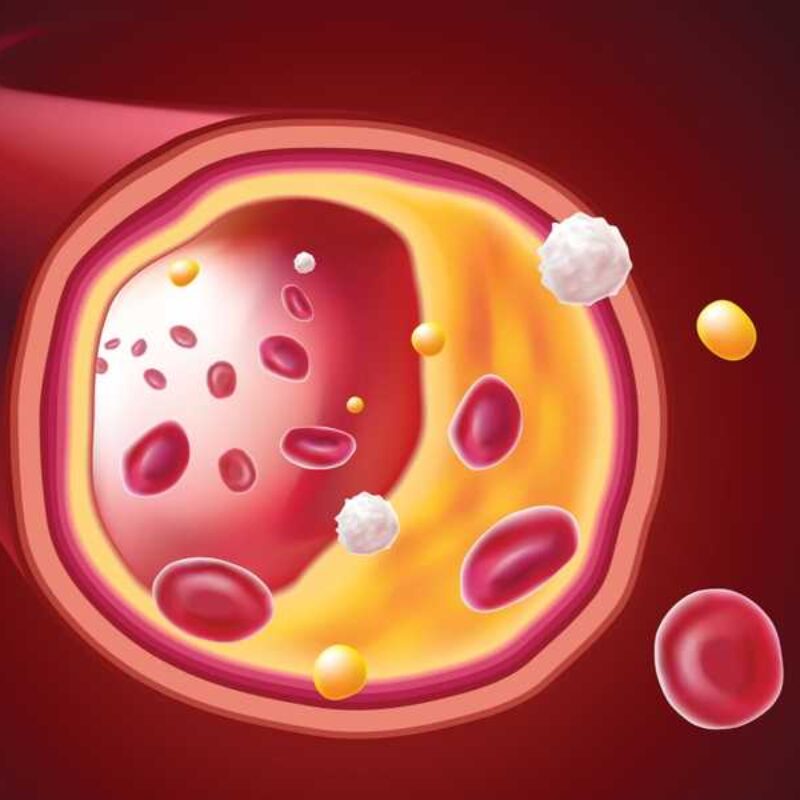
VascuStatin is a specialized botanical supplement derived from the leaves of the field bindweed plant (Convolvulus arvensis). It contains a naturally occurring proteoglycan mixture (PGM)—a group of bioactive compounds known for their ability to modulate angiogenesis (blood vessel formation) and support immune and vascular health.

Salvestrol is a group of naturally occurring plant-derived compounds found in certain fruits, vegetables, and herbs. These compounds belong to the broad class of phytonutrients known for their cell-protective and detoxifying properties. Salvestrols are produced by plants as part of their natural defense system against pathogens, and in the human body, they play a unique role in supporting cellular integrity, immune surveillance, and detoxification.
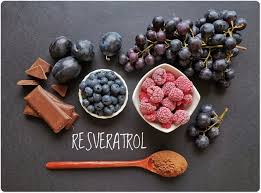
Resveratrol is a naturally occurring polyphenolic compound belonging to the stilbene family, found in plants such as red grapes, Japanese knotweed (Polygonum cuspidatum), blueberries, and peanuts. It is best known as the key active ingredient in red wine that contributes to the “French Paradox”—the observation of low cardiovascular disease rates despite diets rich in fats.
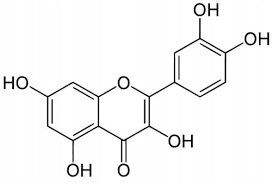
Quercetin is a naturally occurring flavonoid found in many fruits, vegetables, and herbs—especially onions, apples, capers, berries, and citrus. As one of the most researched plant antioxidants, pure quercetin is celebrated for its anti-inflammatory, antiviral, immune-modulating, and vascular-protective effects.
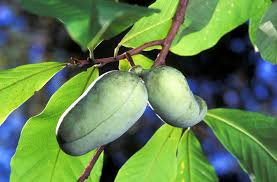
Paw Paw is a natural botanical extract derived from the twigs and bark of the North American Paw Paw tree (Asimina triloba), a member of the custard apple family (Annonaceae). Unlike the tropical papaya (often called pawpaw in other regions), this North American species contains unique acetogenins—bioactive compounds with potent effects on cellular metabolism, energy regulation, and abnormal cell growth control.
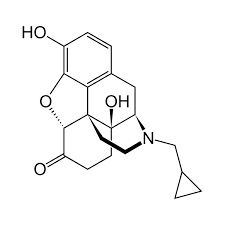
Naltrexone is a synthetic opioid receptor modulator originally developed to treat opioid and alcohol dependence. In low doses—known as Low-Dose Naltrexone (LDN)—it has gained significant recognition in integrative, functional, and autoimmune medicine for its unique ability to modulate the immune system, reduce inflammation, and promote endorphin balance.
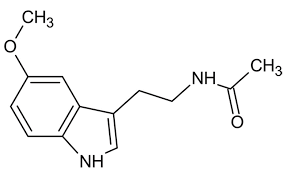
Melatonin is a naturally occurring neurohormone produced primarily by the pineal gland in the brain. It plays a central role in regulating the sleep–wake cycle (circadian rhythm) and functions as a powerful antioxidant, immune modulator, and cellular protector.
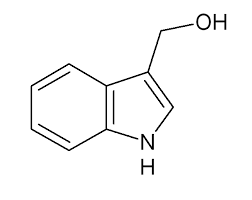
Indole-3-Carbinol (I3C) is a naturally occurring phytochemical derived from the breakdown of glucosinolates—specifically glucobrassicin—found in cruciferous vegetables such as broccoli, cabbage, Brussels sprouts, kale, and cauliflower. It is a key compound responsible for many of the detoxification, hormonal balance, and cellular protection benefits attributed to these vegetables.
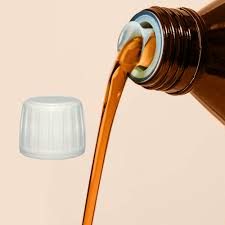
MITOlipocurmin® is an advanced liposomal curcumin complex formulated for enhanced mitochondrial delivery, cellular absorption, and bioavailability. It represents a next-generation evolution of curcumin supplementation—engineered to overcome curcumin’s natural limitations in solubility and absorption.
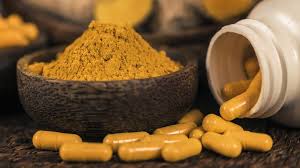
Curcumin is the principal bioactive compound found in turmeric (Curcuma longa), a golden-yellow spice long revered in Ayurvedic and traditional Chinese medicine for its healing, anti-inflammatory, and detoxifying properties.
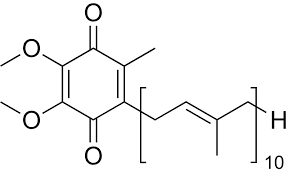
Coenzyme Q10 (CoQ10), also known as ubiquinone or in its reduced form ubiquinol, is a vitamin-like compoundnaturally produced in every cell of the body. It plays a central role in mitochondrial energy production and serves as a powerful antioxidant, protecting cells from oxidative stress.

Citrus Pectin—particularly in its modified form known as Modified Citrus Pectin (MCP)—is a complex polysaccharide derived from the peel and pulp of citrus fruits such as oranges, lemons, and grapefruits. Naturally present in plant cell walls, pectin is a soluble fiber that, when enzymatically modified, becomes small enough to be absorbed into the bloodstream, where it exerts detoxifying, immune-supportive, and cellular-protective effects.
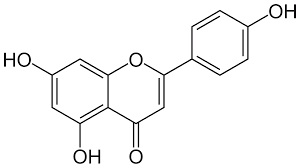
Apigenin is a naturally occurring bioflavonoid found abundantly in plants such as chamomile, parsley, celery, thyme, and oranges. It is part of the flavone subclass of polyphenols—known for their powerful antioxidant, anti-inflammatory, and cellular-regulating effects.
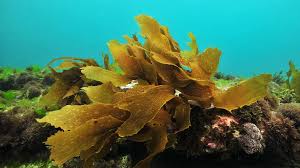
Angiostop is a natural anti-angiogenic and immune-supportive botanical extract derived from Ecklonia cava, a species of brown seaweed native to the pristine coastal waters of Korea and Japan. It is standardized for its active compounds—phlorotannins, dieckol, and eckol derivatives—which exhibit powerful anti-angiogenic, anti-inflammatory, and antioxidant properties.

Sodium Bicarbonate (NaHCO₃)—commonly known as baking soda—is a naturally occurring alkaline mineral compound with wide-ranging biological, medical, and environmental applications. Within the body, it serves as a key component of the bicarbonate buffer system, helping to maintain pH balance, regulate acid–base equilibrium, and support cellular metabolism.
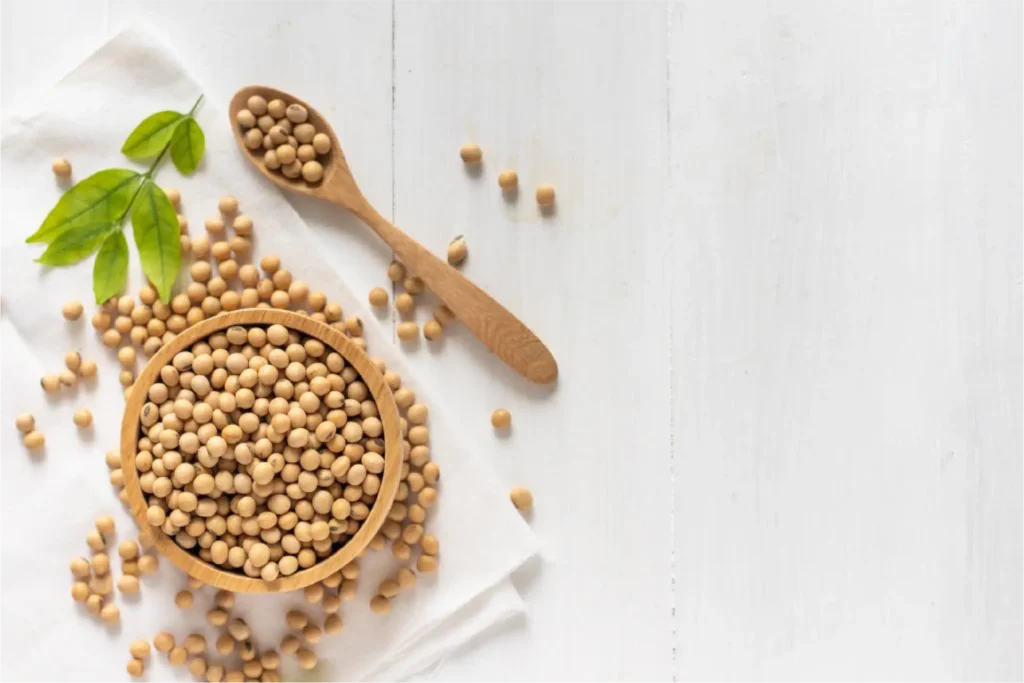
Use low-dose radiation to create images of the inside of the body.
-
May reduce risk of hormone-related cancers
-
Supports DNA repair mechanisms
-
May enhance chemotherapy effectiveness

A flavonoid antioxidant found in apples, onions, and berries, with anti-inflammatory and anti-cancer properties.
-
Modulates cell signaling pathways
-
May enhance immune function
-
Potential chemo-sensitizing effects
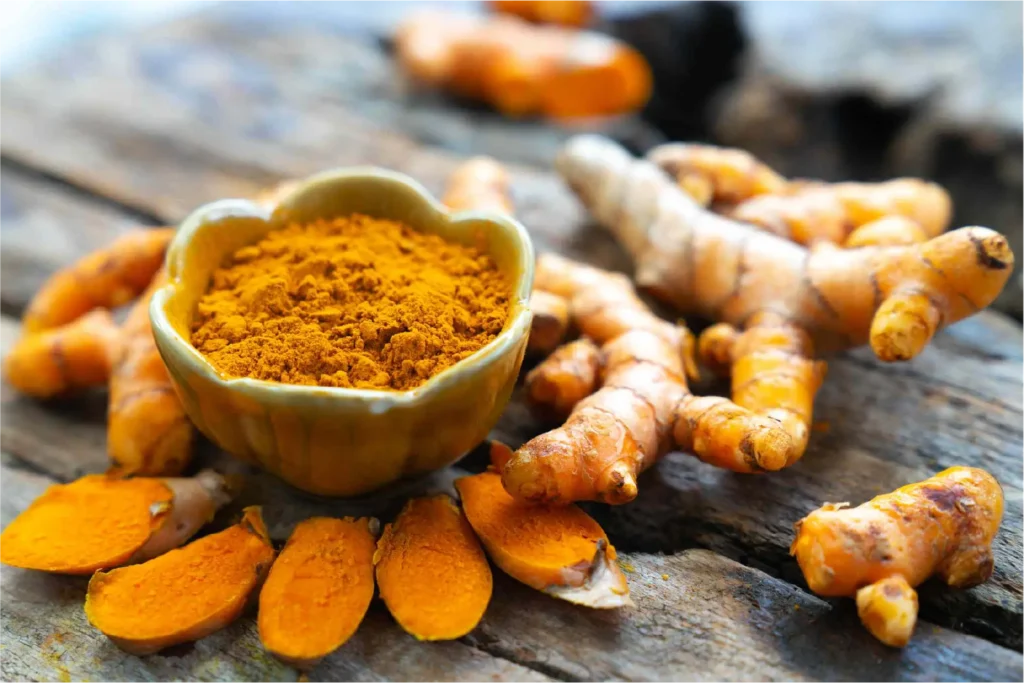
The active compound in turmeric, known for its anti-inflammatory and anti-cancer properties.
-
Inhibits NF-κB pathway activation
-
Supports liver detoxification
-
May reduce chemotherapy side effects

A polyphenol found in grapes and red wine, with antioxidant and potential anti-cancer effects.
-
Activates sirtuin proteins
-
Suppresses cancer cell survival
-
May enhance DNA repair

A powerful antioxidant from green tea, shown to inhibit cancer cell growth and angiogenesis.
-
Modulates epigenetic modifications
-
Inhibits metastasis
-
May enhance treatment response
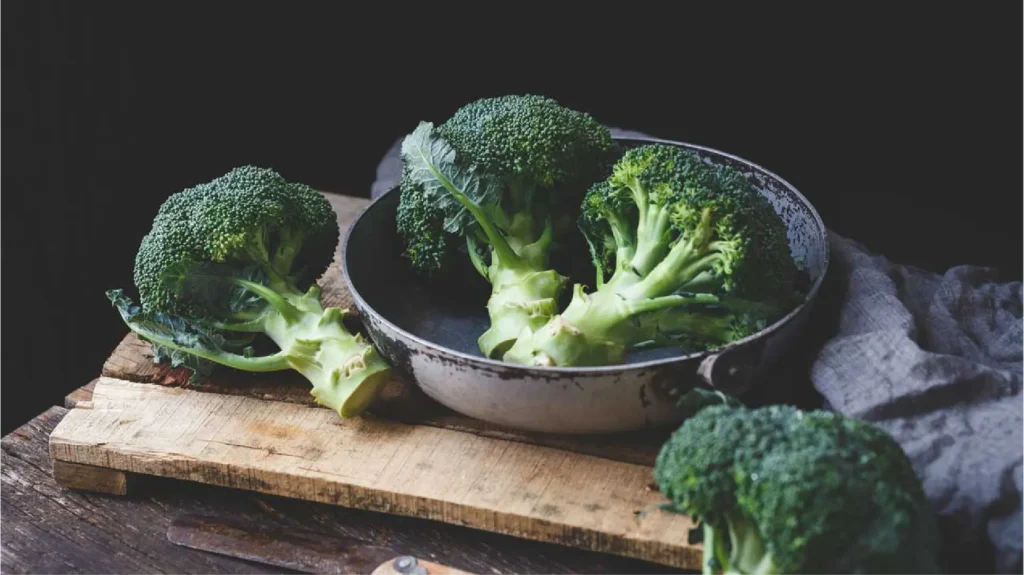
A compound found in broccoli sprouts, known for its detoxification and anti-cancer properties.
-
Activates Nrf2 detox pathway
-
Induces cancer cell apoptosis
-
Modulates inflammatory pathways

A compound found in cruciferous vegetables, which may help regulate hormone metabolism.
-
Promotes healthy estrogen metabolism
-
May reduce risk of hormone-related cancers
-
Supports detoxification pathways
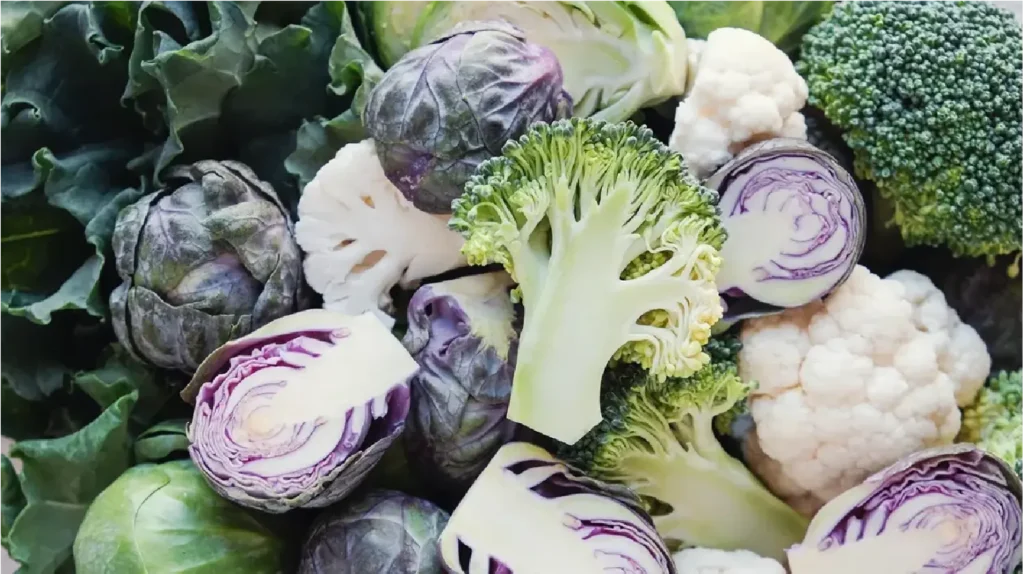
A metabolite of indole-3-carbinol, which may help balance hormones and support detoxification.
-
Optimizes estrogen metabolism
-
May inhibit cancer cell proliferation
-
Supports immune function
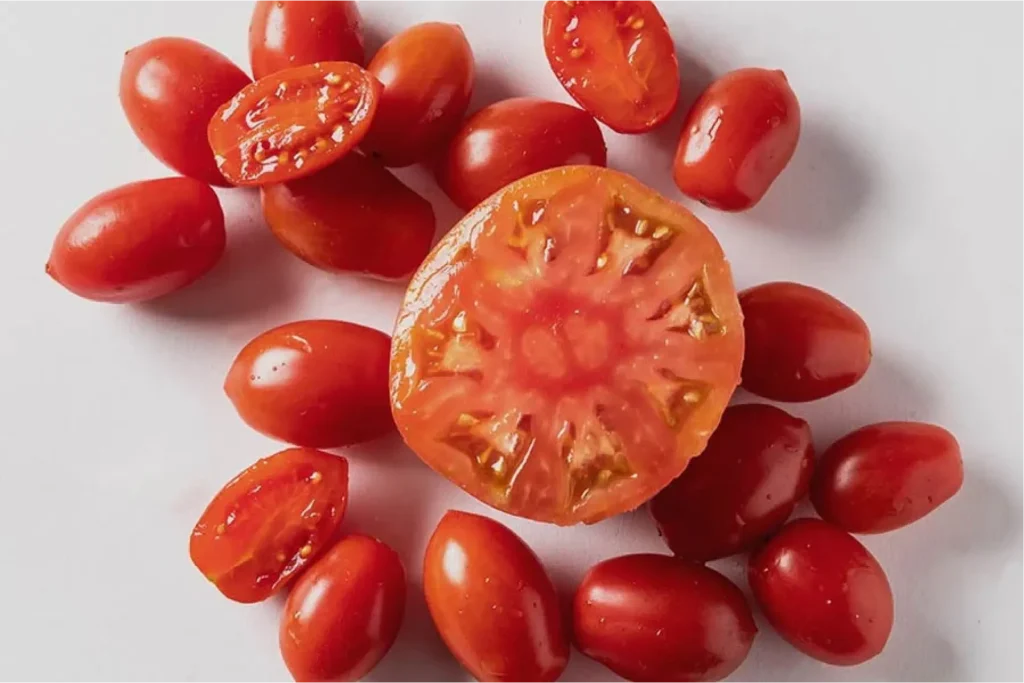
A powerful antioxidant found in tomatoes and other red fruits, with potential anti-cancer effects.
-
Protects against oxidative damage
-
May reduce risk of prostate cancer
-
Inhibits cancer cell growth
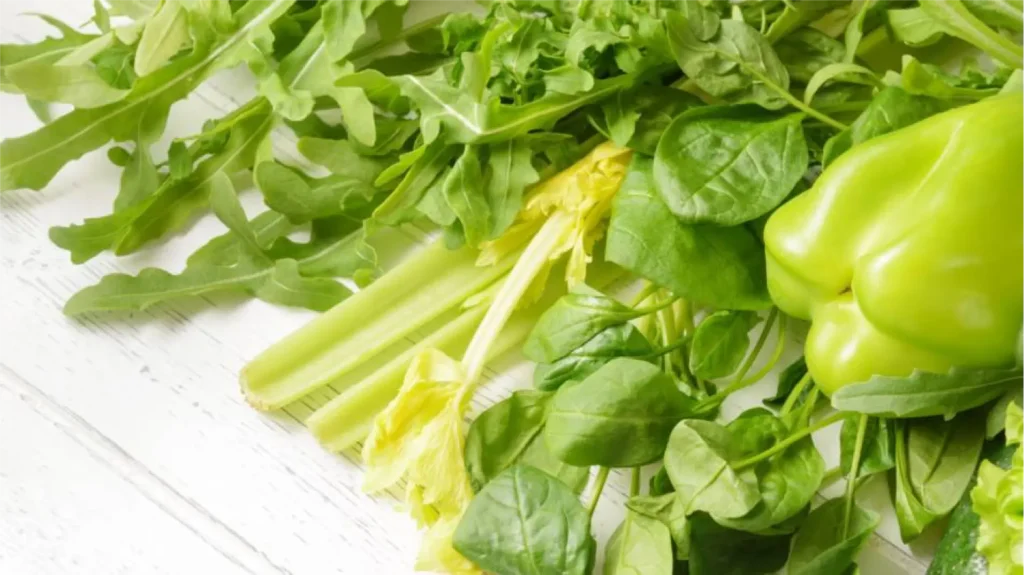
A flavonoid found in celery, parsley, and chamomile, with anti-inflammatory and anti-cancer properties.
-
Inhibits cancer cell proliferation
-
Suppresses angiogenesis
-
May enhance chemotherapy sensitivity

A flavonoid found in chamomile tea and vegetables, with potential anti-cancer and anti-inflammatory effects.
-
Induces cancer cell apoptosis
-
Inhibits metastasis
-
Modulates immune response
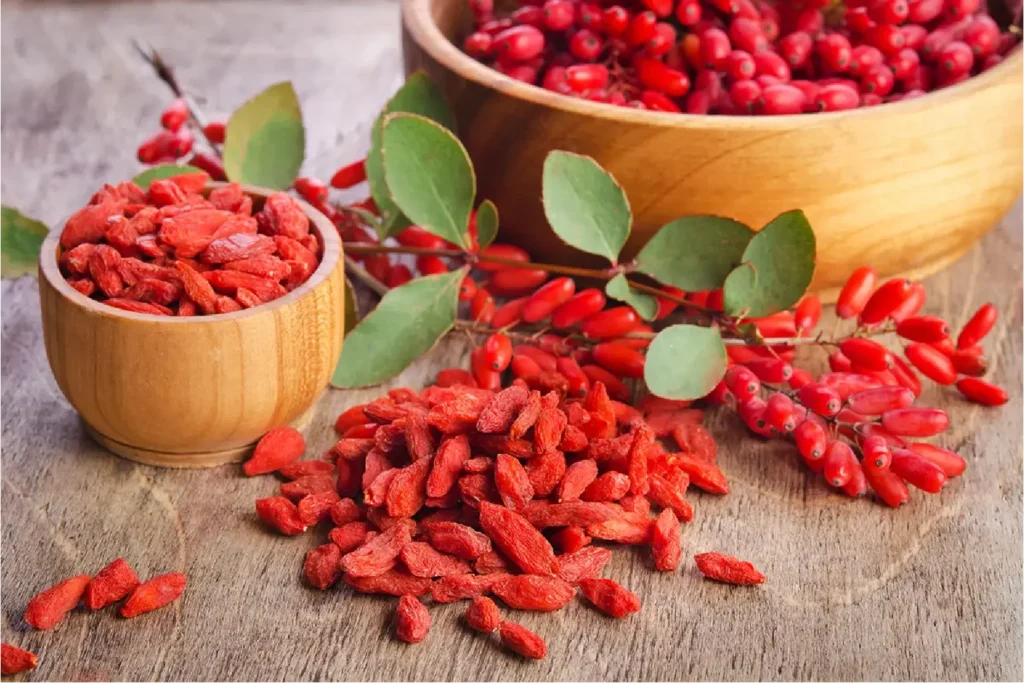
A compound found in goldenseal and barberry, with anti-cancer, anti-inflammatory, and metabolic benefits.
-
Regulates glucose and lipid metabolism
-
Induces cancer cell death
-
Suppresses cancer stem cells
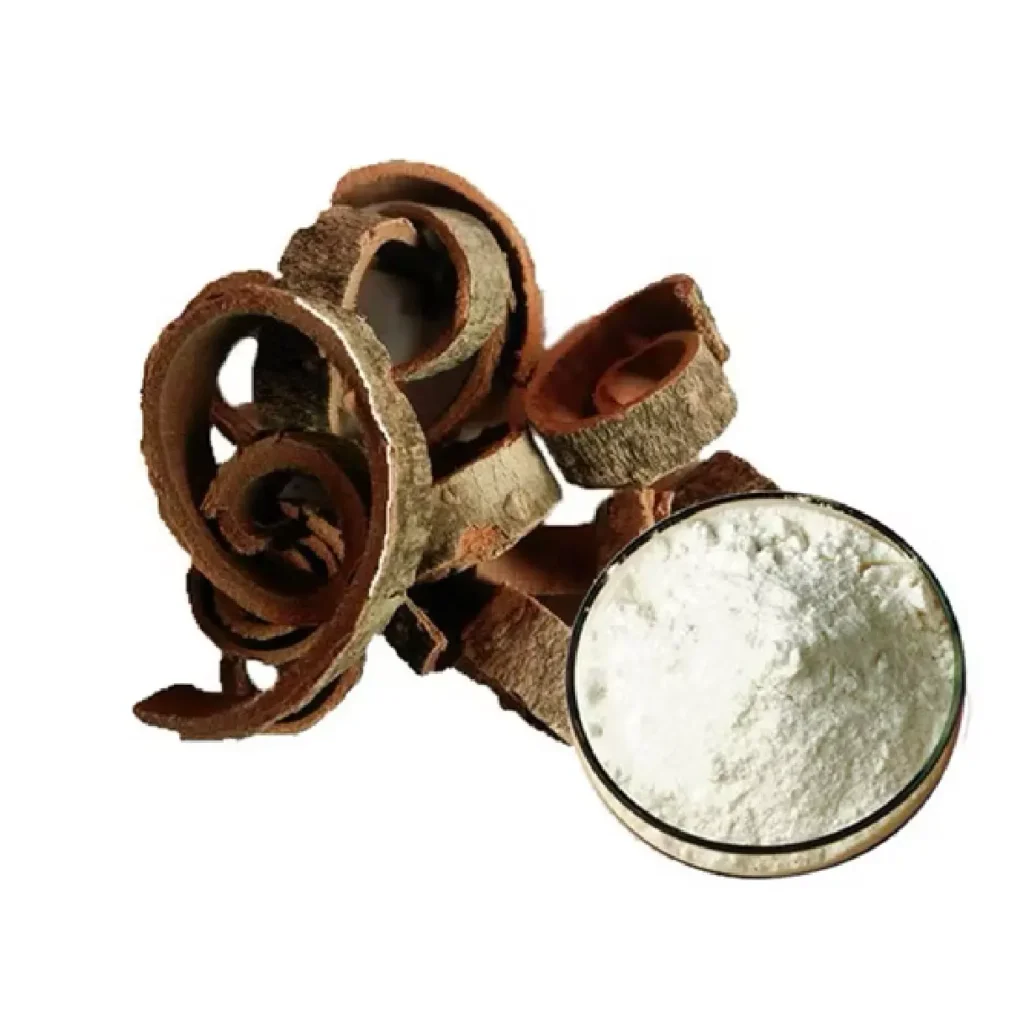
A compound found in magnolia bark, with anti-inflammatory, anti-angiogenic, and anti-cancer properties.
-
Inhibits cancer cell migration
-
Suppresses tumor growth
-
May enhance chemotherapy efficacy
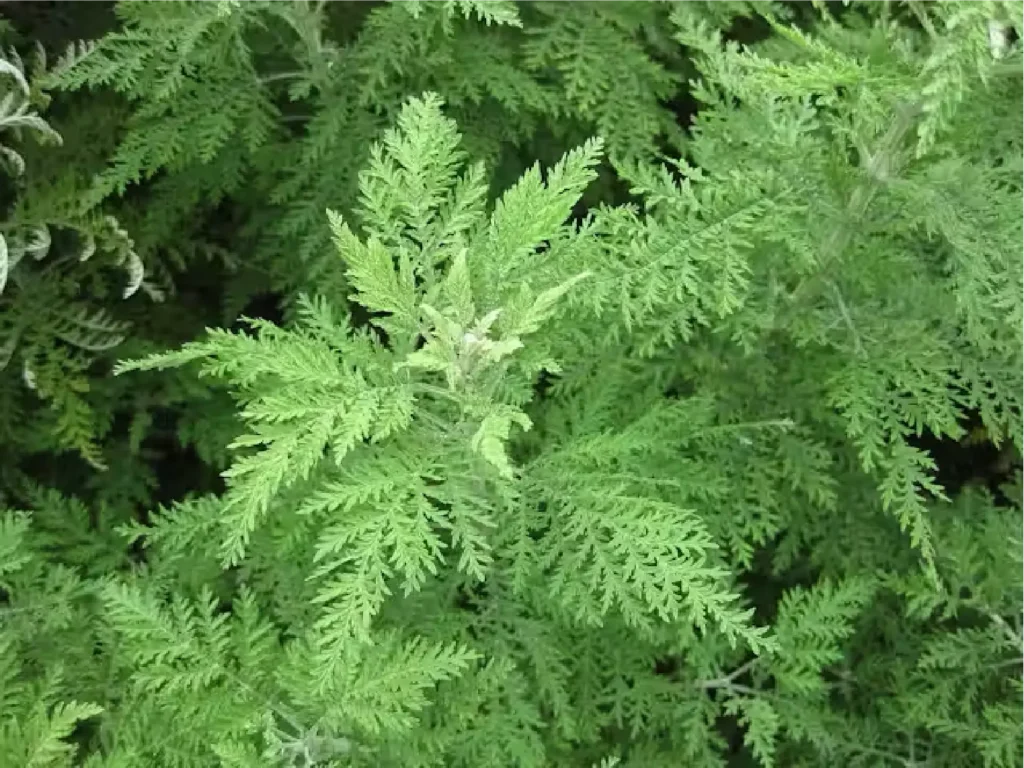
A compound derived from sweet wormwood, with potential anti-cancer properties targeting iron-rich cancer cells.
-
Selectively targets cancer cells
-
Induces oxidative stress in tumors
-
May enhance chemotherapy effects
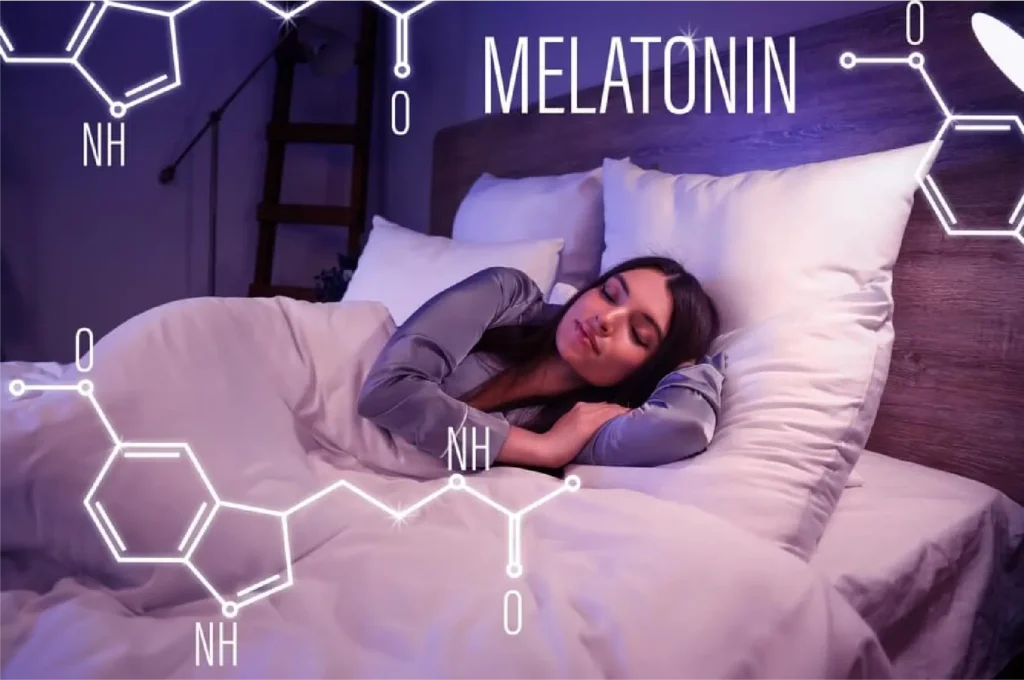
A hormone regulating sleep-wake cycles, with potential anti-cancer and immune-supportive properties.
-
Regulates circadian rhythm
-
Enhances immune function
-
May inhibit cancer cell growth
How to Choose the Best Supplement Brand
Not all supplements are created equal. Here’s what to look for when selecting a high-quality product.
Scientific Research
Scientific Research Look for supplements backed by clinical studies, especially those specific to cancer cell lines or patient populations.
Third-Party Testing
Choose brands that undergo independent testing for purity, potency, and contaminants (e.g., NSF, USP, ConsumerLab).
Quality Ingredients
Opt for products with high-quality, bioavailable ingredients and minimal fillers, additives, or artificial colors.
Start Your Educational Journey Today
Empower yourself with knowledge about precision metabolic oncology and take an active role in your cancer care journey.
